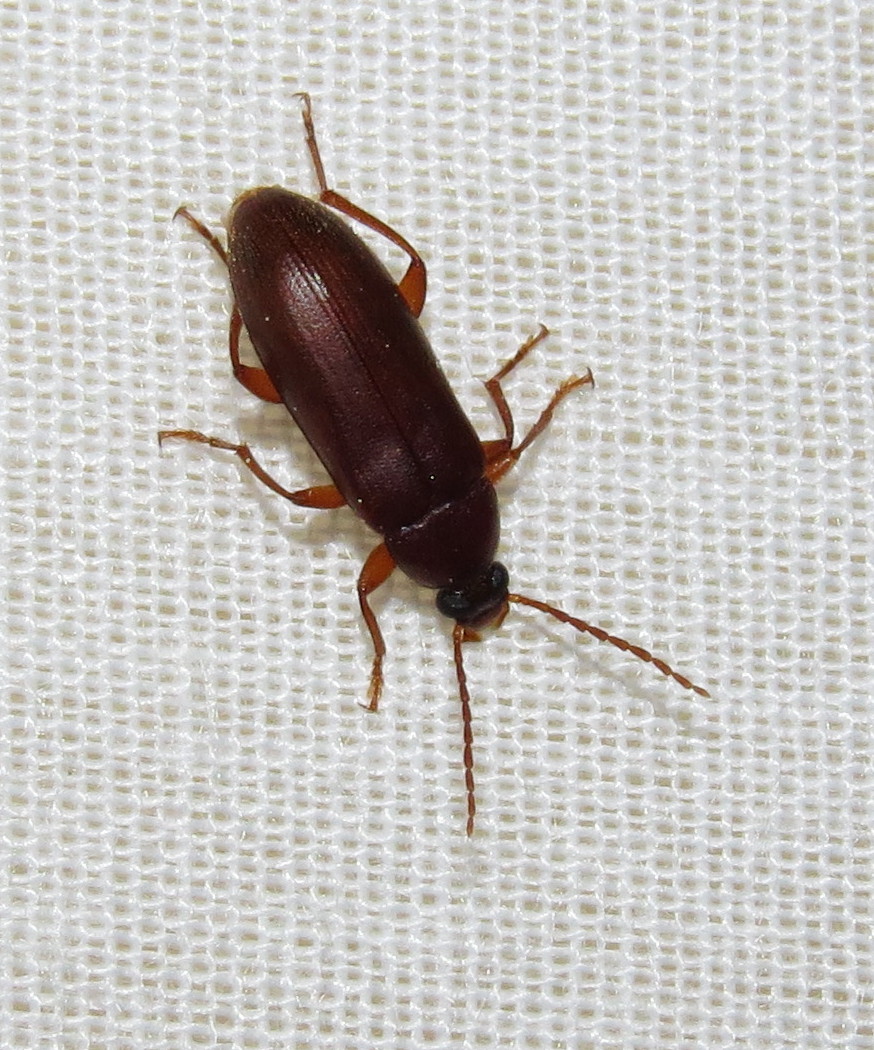

The flattened short legs are fringed with hairs and serve to propel the beetle through water. The bodies are streamlined to reduce drag as they swim. Water beetles are descendants of terrestrial insects and have evolved a number of adaptations for living in water.

This is probably the giant black water beetle ( Hydrophilus triangularis). The beetle appears to be a streamlined water beetle, possibly belonging to the family Dytiscidae.Ī modern-day water beetle in the family Hydrophilidae. The elytra (wing covers) of this beetle are perfectly preserved. This beetle became trapped in a tar pit nearly 11 million years ago, at a time when large glaciers dominated the landscape in North America. Some of the beetles embedded in these formations are perfectly preserved in every detail. Evaporation of the oils resulted in a thick, sticky substance resembling asphalt. The tar pits were formed as crude oil seeped to the surface through fissures in the earth's crust. One of the most interesting locations for beetle fossils is the La Brea formation at Mckittrick, California where numerous Pleistocene animals became entomed in tar pits over 10 million years ago. Hard bodies of beetles preserve very well, and fossil records of beetles are found throughout the evolution of flowering plants. With the advent of flowering plants about 65 million years ago, speciation in beetles occurred at an astronomical rate as they began to exploit the rapidly evolving angiosperms. T he earliest known prehistoric beetles date back about 230 million years ago, a time when dinosaurs roamed the earth. Beetles have taken seriously the injunction "Be fruitful and multiply and replenish the earth."Ĭottonwood stag beetle ( Lucanus mazama).

If all the different species of plants and animals on earth were randomly lined up, every fifth one would be a beetle. For many years, a bronze sculpture of this remarkable beetle stood at the entrance to the San Diego Museum of Natural History in Balboa Park. In fact, it is truly amazing that this monster can actually fly. This spectacular beetle has two enormous curved horns and looks like a creature from the age of dinosaurs. O ne of the most amazing is the Hercules beetle ( Dynastes hercules), native to the rain forests of Central America. Other size relationships in this photo include the "head" of an ordinary straight pin, the "eye" of a sewing needle, and a millimeter ruler. The flower beetle is only 4 mm in length (about 1/6th of an inch), smaller than the "foot" of Titanus giganteus. The giant beetle is compared with a minute flower beetle enclosed in a red circle. One can only imagine what the powerful mandibles could do to your fingernail (or your finger). An adult male apparently bit and shattered a plastic ruler used as a size relationship by a photographer. Although the larvae are wood borers, the adults can inflict a painful bite. These large beetles can measure up to 170 mm (over 6 inches in length). The world's largest beetle: Titanus giganteus, a member of the Cerambycidae native to South America. The largest giants may weigh 40 million times more than their lilliputian relatives. Beetles range in size from less than a millimeter (1/100 of an inch) to tropical giants over six inches long. Colorful beetles are used for jewelry and pins, and shiny tropical scarab beetles are strung together to make unusual necklaces. Beetles come in a variety of shapes and colors, from red "ladybugs" and metallic green fig beetles to lightning beetles that glow in the dark and huge horned beetles resembling a miniature rhinoceros. During flight, the elytra are spread apart and the two flight wings are unfolded and extended. Unlike other insects, beetles have a pair of leathery protective wings called elytra that cover their membranous flight wings. Of this great number of insects, nearly half are beetles. T here are more than 800,000 species of insects on earth, more than all the other plants and animals combined. University of California Museum of Paleontology Evolution 101: Why So Many Beetles? Considering all the undescribed species, the number may exceed 400,000! There are at least 350,000 described species. This is probably a more accurate representation of the number of described species of beetles compared with other animals, plants, algae and fungi. One Fifth Of All The 1.5 Million Living Species On Earth Are Beetles!


 0 kommentar(er)
0 kommentar(er)
